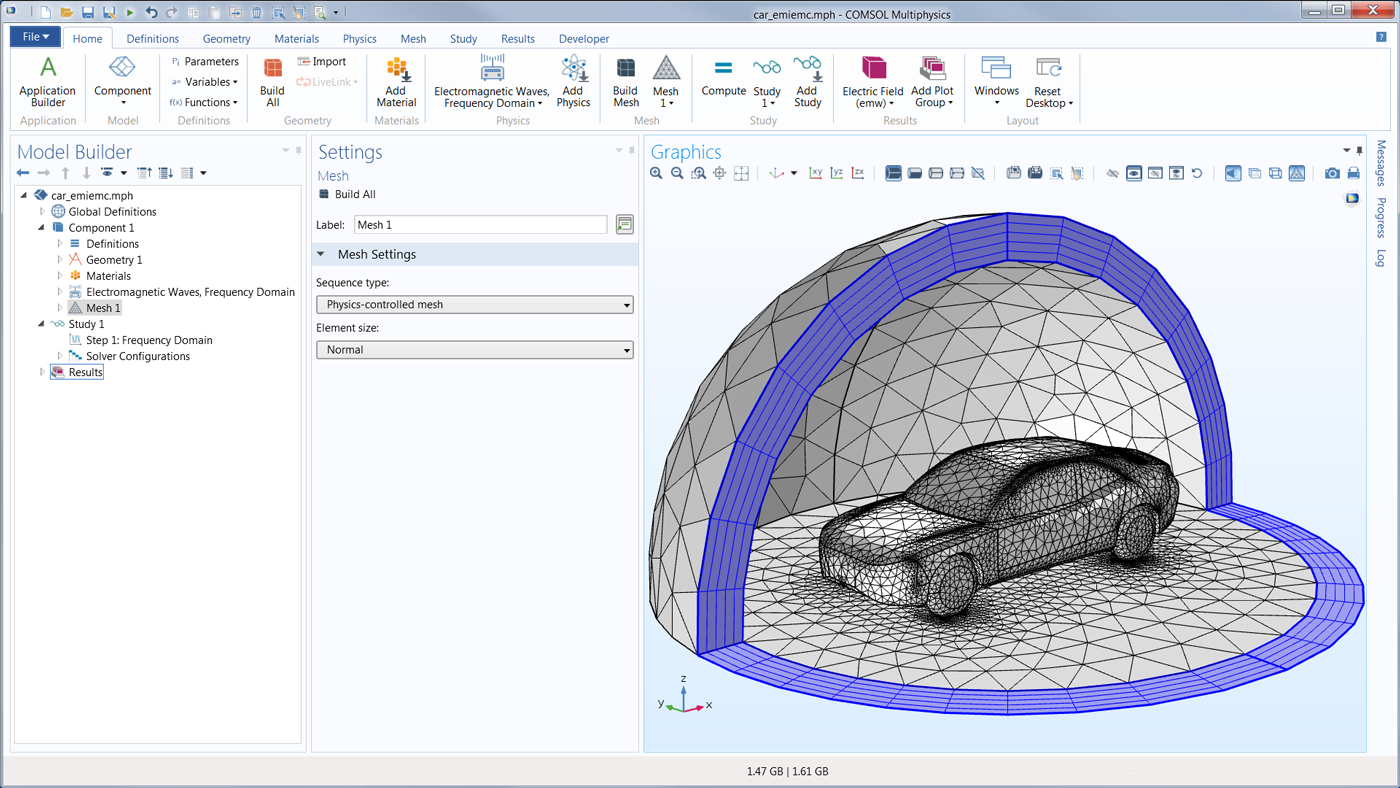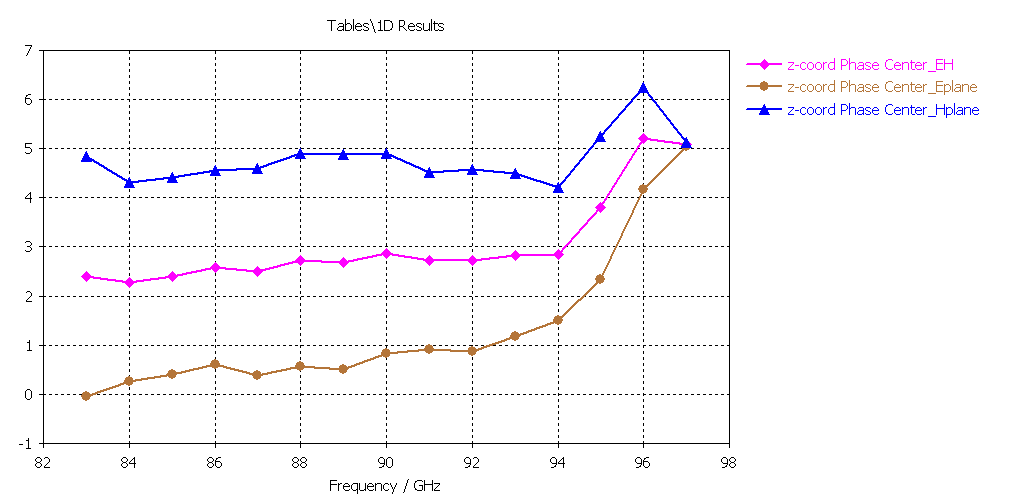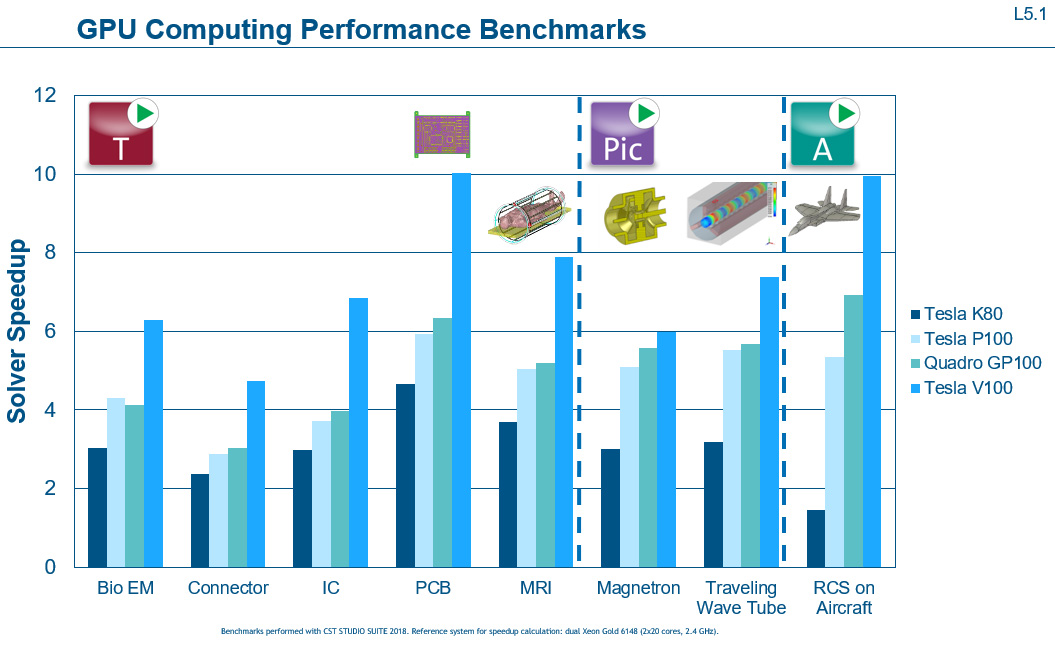

Simultaneously, the variation expressions for normalized admittance aperture,, are given by The earliest work concerned the homogeneous case, in which an air-filled coaxial line with an infinite conducting flange is radiated into the infinite half-space. In addition, the strengths and weaknesses of numerical methods are analyzed and discussed. In this paper, the detailed results of our investigation of the restrictions and limitations of frequency-domain analytical models for coaxial waveguides are presented, and the reasons for using numerical methods to replace analytical methods are discussed. However, among are some analytical formulas which are quite reliable and accurate for low-frequency modeling. Most of the origin publications for those analytical formulations do not describe in detail what are the weaknesses and limitations of their equations.


Furthermore, the application of numerical methods to electromagnetic fields is very challenging because the method strongly affects the operational wavelength and the size of the discrete mesh grid. Therefore, until now, analytical formulas have continued to be important tools for the analysis of coaxial sensors. For instance, many online broad-band dielectric measurements involve the prediction of the dielectric properties of samples based on measurements of electric signals, but, unfortunately, those numerical techniques are not suitable for solving this type of inverse problem. However, the development of powerful numerical techniques does not mean that analytical formulas are not still useful in predicting waveguide performance, and, in addition, many of numerical models are based on analytical formulations. In fact, modern numerical methods can produce results that are close to practical measurements because they divide the problem into many small segments and solve them one by one. When a theoretical formula has a matrix of unknown variables and is solved by using a modern numerical routine, such as FEM and MoM, we will define it as a numerical approach.
#Comsol cst microwave studio series
Although the complicated analytical formulas were solved with the aid of numerical methods, such as series expansion and the trapezium rule, the solutions were still obtained by an analytical approach. In the author’s view, analytical formulas referred to equations that were based on theoretical concepts and that had no unknown variables. In reality, no completely analytical solutions exist due to the difficulty of deriving the formulas and the many unknown environmental factors that are not included in the formulation. At that time, 2D numerical techniques were used to analyze coaxial waveguides because of their simplicity and the symmetrical shapes they produced. Until the 1960s, many reliable numerical techniques were developed and applied for solving electromagnetic problems, such as the finite difference time-domain (FDTD) method, the moment method (MoM), and the finite element method (FEM).
#Comsol cst microwave studio software
Indeed, in the past, the analytical formulas were an important tool for waveguide design because few numerical methods were available and advance computer equipment and software were not yet available to reduce the costs associated with experimental design. Many theoretical formulas have been developed and derived in the past 70 years. Hence, a theoretical formula was needed to design and model the waveguide. Recently, this type of waveguide has been used in dielectric measurements and the treatment of cancer. Since the 1940s, coaxial slot waveguides have been used as antennas and as cables for electric power. The reasons for the replacement of analytical methods by numerical methods are outlined. The accuracy and limitations of the analytical equations are explained in detail. Comparisons of the accuracies of various types of admittance and impedance equations and numerical simulations are made, and the fringing field at the aperture sensor, which is represented by the lumped capacitance circuit, is evaluated. The theories, background, and physical principles related to frequency-domain electromagnetic equations for coaxial waveguides are reassessed. Our reviews of analytical methods and numerical methods for coaxial slot waveguides are presented.


 0 kommentar(er)
0 kommentar(er)
